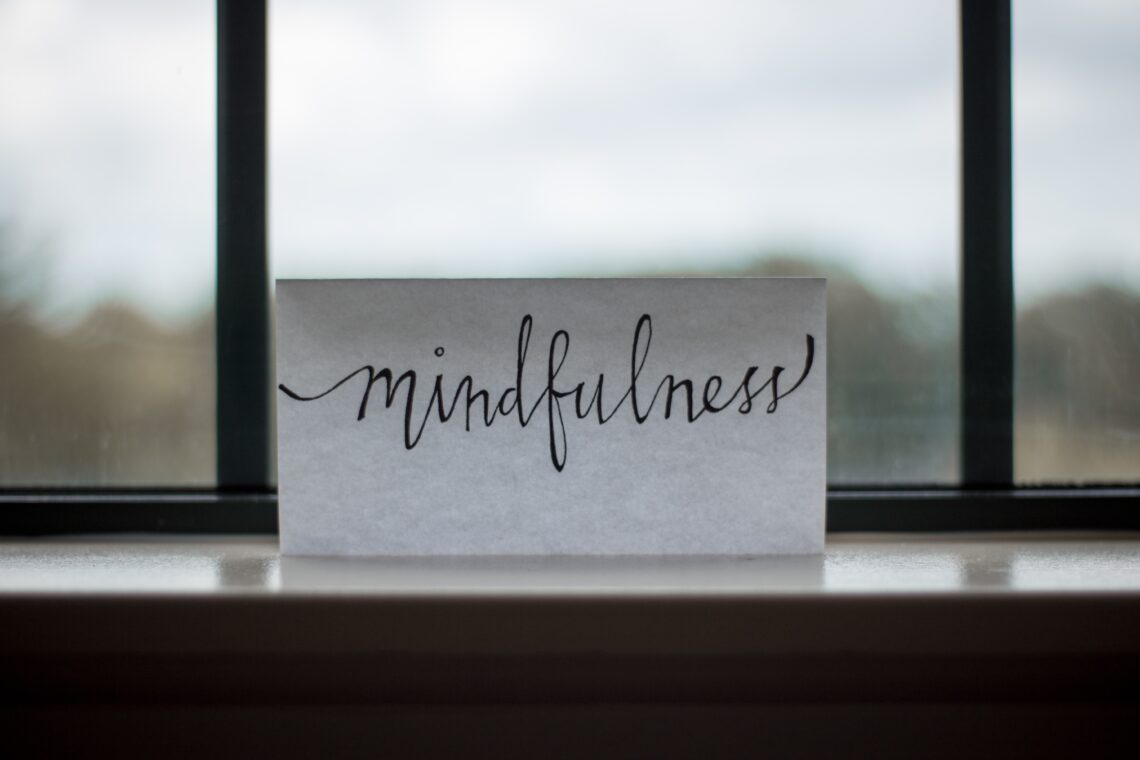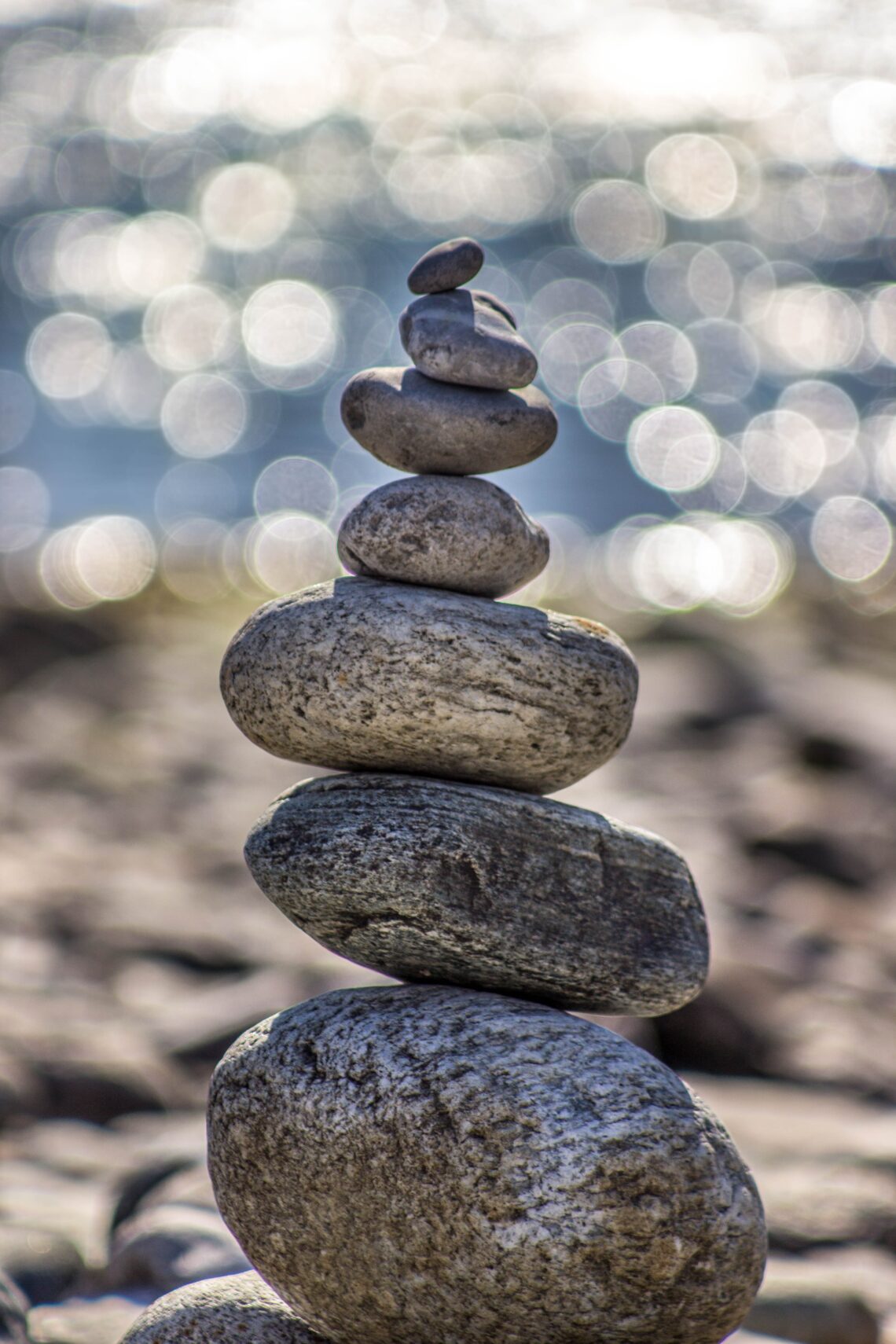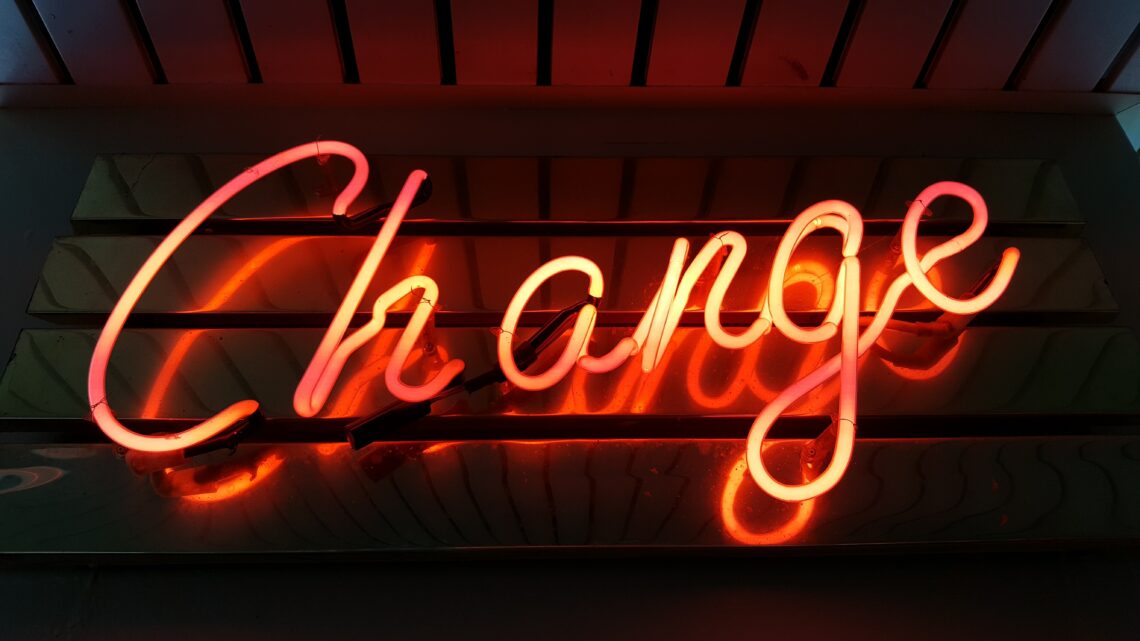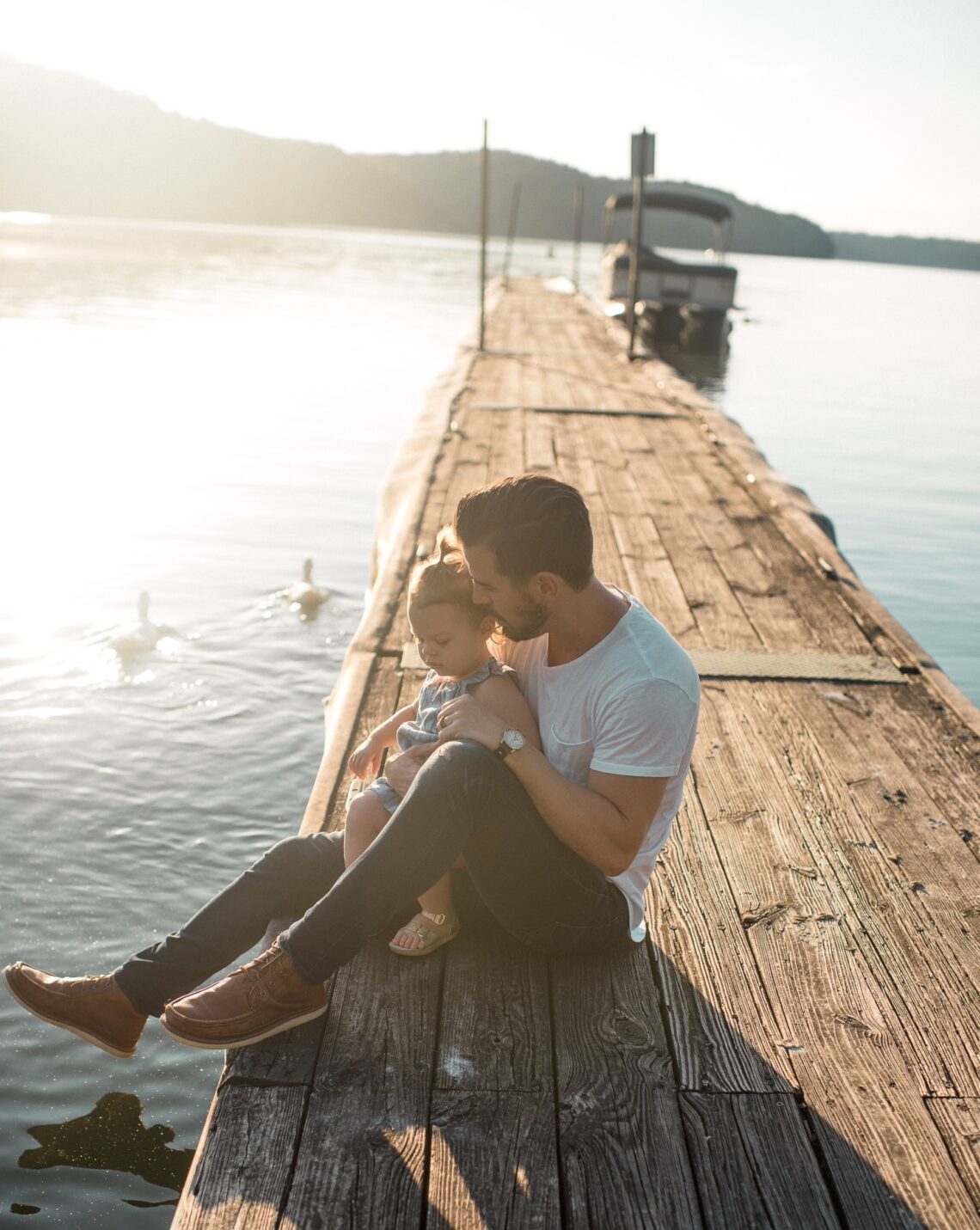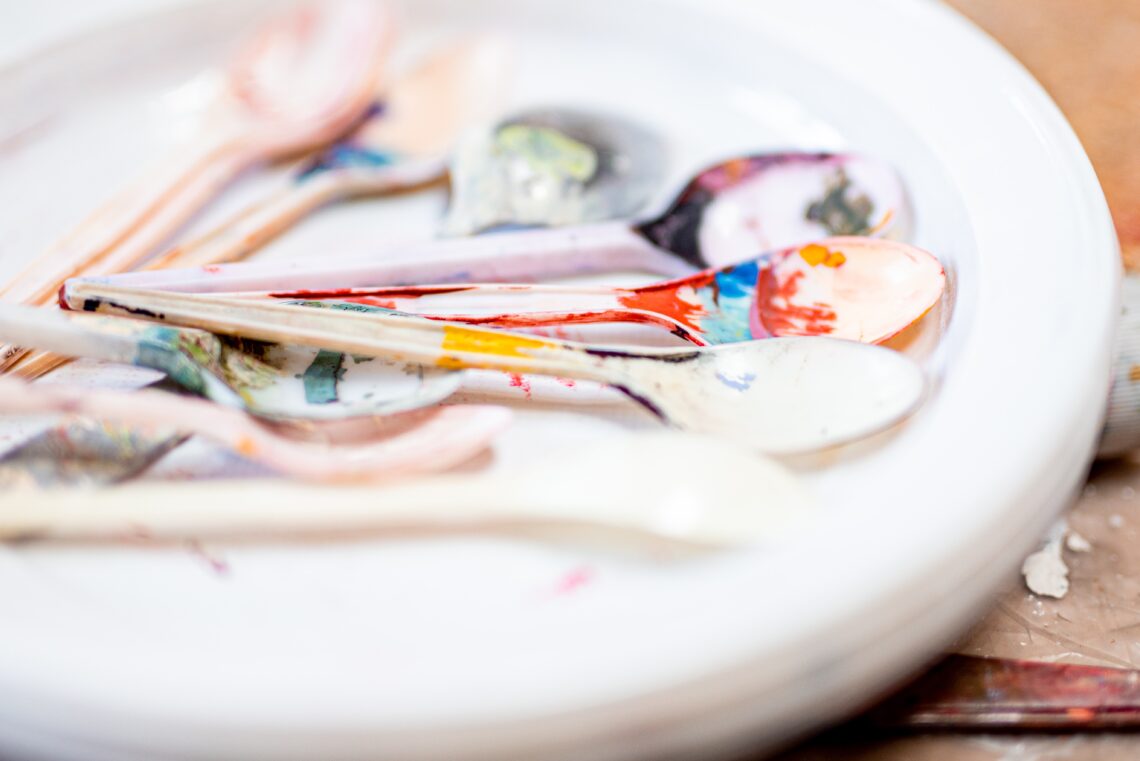Mindfulness is a powerful tool that can help us to reduce stress, increase focus, and improve our overall wellbeing. It is a practice of being present in the moment, of being aware of our thoughts, feelings, and sensations without judgment. Mindfulness can be used to help us become more aware of our thoughts and feelings, to help us become more present in our lives, and to help us make better decisions.
For many people, the idea of mindfulness can be intimidating. It can feel like a daunting task to learn how to be mindful, and to actually practice it. But the truth is, mindfulness is a skill that anyone can learn. It just takes a little bit of practice and dedication.
In this beginner’s guide to embracing the power of mindfulness, we’ll discuss the basics of mindfulness, how to practice it, and how to make it a part of your daily life.
What is Mindfulness?
Mindfulness is a practice of being present in the moment, of being aware of our thoughts, feelings, and sensations without judgment. It is a way of being that allows us to observe our thoughts and feelings without getting caught up in them. It is a way of being that allows us to be more aware of our surroundings and our experiences.
Mindfulness is not about trying to control our thoughts or feelings, but rather about being aware of them without judgment. It is about being open to our experiences and being able to accept them without judgment.
How to Practice Mindfulness
The first step to practicing mindfulness is to become aware of your thoughts and feelings. This can be done by taking a few moments to sit in stillness and observe your thoughts and feelings without judgment. You can also practice mindfulness by focusing on your breath. Take a few moments to focus on your breath, and observe the sensations of your breath as it moves in and out of your body.
Another way to practice mindfulness is to focus on your senses. Take a few moments to focus on what you see, hear, smell, taste, and feel. Notice the sensations in your body and the environment around you.
You can also practice mindfulness by engaging in activities that bring you joy. Take a few moments to do something that brings you joy, such as listening to music, reading a book, or taking a walk.
Finally, you can practice mindfulness by engaging in activities that bring you peace. Take a few moments to do something that brings you peace, such as meditating, journaling, or spending time in nature.
Making Mindfulness a Part of Your Life
Once you have learned the basics of mindfulness, the next step is to make it a part of your daily life. This can be done by setting aside a few moments each day to practice mindfulness. You can also make mindfulness a part of your daily routine by incorporating it into activities that you already do. For example, you can practice mindfulness while you are eating, walking, or doing chores.
You can also make mindfulness a part of your life by creating a mindfulness space in your home. This can be a space where you can go to practice mindfulness, such as a corner of your bedroom or a spot in your living room. You can also make mindfulness a part of your life by setting aside time each day to practice mindfulness.
Finally, you can make mindfulness a part of your life by engaging in activities that bring you joy and peace. Take a few moments each day to do something that brings you joy, such as listening to music, reading a book, or taking a walk. Take a few moments each day to do something that brings you peace, such as meditating, journaling, or spending time in nature.
Conclusion
Mindfulness is a powerful tool that can help us to reduce stress, increase focus, and improve our overall wellbeing. It is a practice of being present in the moment, of being aware of our thoughts, feelings, and sensations without judgment. Mindfulness can be used to help us become more aware of our thoughts and feelings, to help us become more present in our lives, and to help us make better decisions.
By following the steps outlined in this beginner’s guide to embracing the power of mindfulness, you can learn how to practice mindfulness and make it a part of your daily life. With a little bit of practice and dedication, you can learn to use mindfulness to reduce stress, increase focus, and improve your overall wellbeing.
For more information on mindfulness, check out the following resources:
• The Beginner’s Guide to Mindfulness: A Comprehensive Guide to Becoming Mindful by Dr. John J. Miller https://www.amazon.com/Beginners-Guide-Mindfulness-Comprehensive-Becoming/dp/1683504822
• Mindfulness for Beginners: How to Use Mindfulness to Reduce Stress and Increase Focus by Dr. Sarah C. Schmitt https://www.amazon.com/Mindfulness-Beginners-Reduce-Stress-Increase/dp/1683504830
• The Power of Now: A Guide to Spiritual Enlightenment by Eckhart Tolle https://www.amazon.com/Power-Now-Guide-Spiritual-Enlightenment/dp/1577314808
• Mindfulness: A Practical Guide to Awakening by Joseph Goldstein https://www.amazon.com/Mindfulness-Practical-Guide-Awakening-Joseph/dp/1614290059
• 10% Happier: How I Tamed the Voice in My Head, Reduced Stress Without Losing My Edge, and Found Self-Help That Actually Works–A True Story by Dan Harris https://www.amazon.com/10-Happier-Reduced-Without-Losing/dp/0062265469
By learning the basics of mindfulness and making it a part of your daily life, you can learn to use mindfulness to reduce stress, increase focus, and improve your overall wellbeing. With a little bit of practice and dedication, you can learn to use mindfulness to create a more peaceful and fulfilling life.
